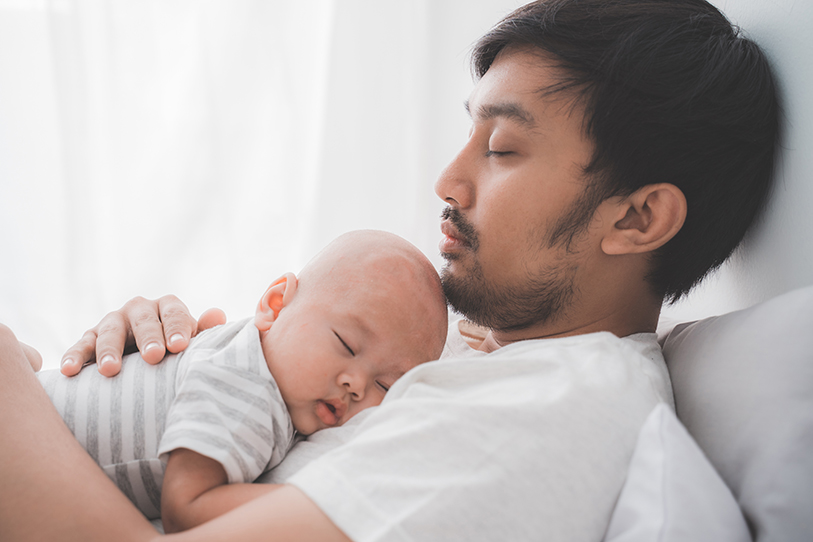The recent California Family Rights Act (CFRA) expansion has added a new and more complicated layer for small businesses. As previously reported, starting January 1, 2021, employers with five or more employees must provide up to 12 weeks of job-protected leave each year. While continuing to manage the economic realities of the COVID-19 pandemic, smaller employers also must quickly understand and comply with their obligations under the CFRA. CalChamber recently held a Leaves of Absence seminar; here’s an example of a question received that exemplifies how complex the CFRA can be.
We have furloughed an employee. This employee now wants to take baby bonding leave after the birth of his child. Is the employee’s job protected under the CFRA while he is still furloughed?
To answer this question, it’s important to know what “furlough” means. Although furlough does not have a legal definition, many employers, both large and small, furloughed their employees during the pandemic, most commonly because businesses were forced to shut down, revenue decreased sharply, or an employee’s job could not be performed remotely. When furloughing employees, employers were keeping the employee on payroll as an employee but was no longer providing work for them. This is an important distinction from a layoff because a laid off employee is no longer employed.
So, because this furloughed employee is still employed, we need to determine whether the employee is eligible for the CFRA. Being furloughed impacts this because the employee’s eligibility requirements are that:
- They’ve been employed for 12 months with the same employer; and
- Have actually worked 1,250 hours in the 12 months preceding the request for leave.
When evaluating whether an employee has been employed for 12 months, the employer looks simply at how long the employee has been employed — including time spent furloughed. However, to meet the 1,250 hours worked requirement, the employee must actually work those hours; a furloughed employee may not meet that requirement depending on how long they have been furloughed.
Let’s assume the employee is eligible. Next, what leave is he entitled to while being furloughed? After all, he is not working, so do we need to provide job-protected leave in these circumstances? This is a tough question to answer because the CFRA regulations don’t address this situation. When the CFRA regulations don’t address an issue, the regulation directs us to the federal Family and Medical Leave Act (FMLA) regulations. Unfortunately, the FMLA regulations also don’t answer this furlough-related question. However, employers may take guidance from the regulations that state when an employee is not expected to report to work for one or more weeks, that time would not count against an employee’s FMLA entitlement.
As if that is not complex enough, even if the employee is not presently eligible for CFRA leave while furloughed, the request for leave itself is a protected activity, so employers should be very cautious and consult with legal counsel if they’re making a decision to not bring a furloughed employee back to work after they’ve made the request for CFRA leave.
Matthew J. Roberts, Employment Law Counsel/Subject Matter Expert
Sign up for our next available Leave of Absence: Making Sense of It All two-day seminar on April 22 and 23!
CalChamber members can read more about the California Family Rights Act (CFRA) Overview in the HR Library. Not a member? See what CalChamber can do for you.





